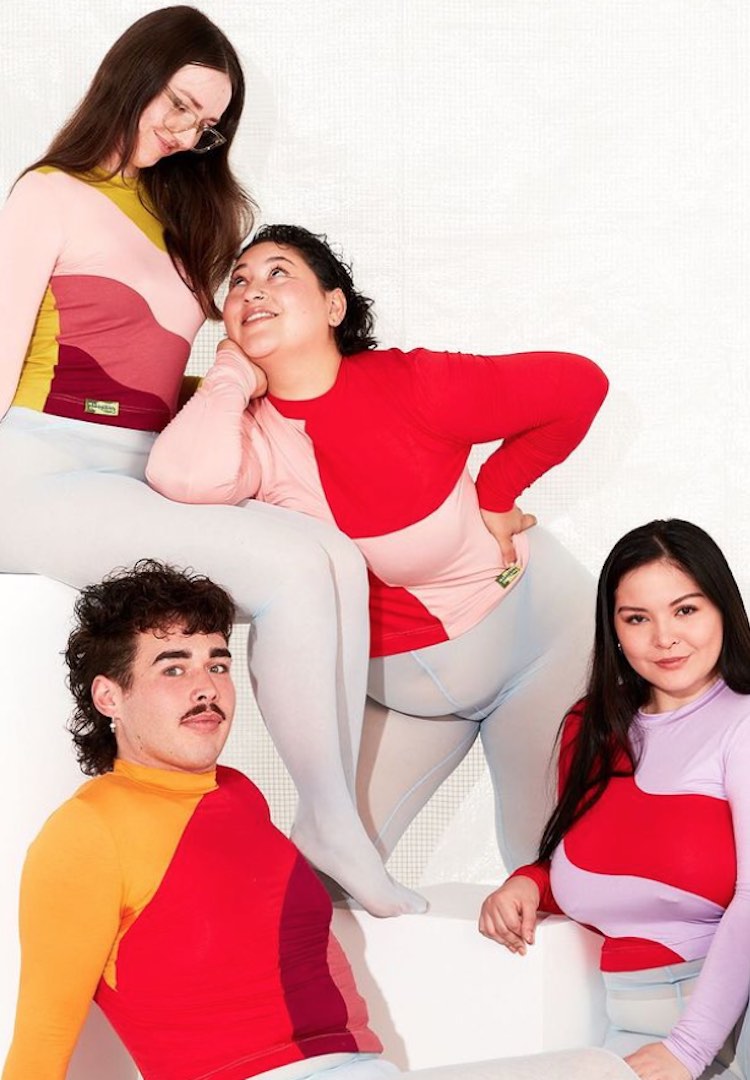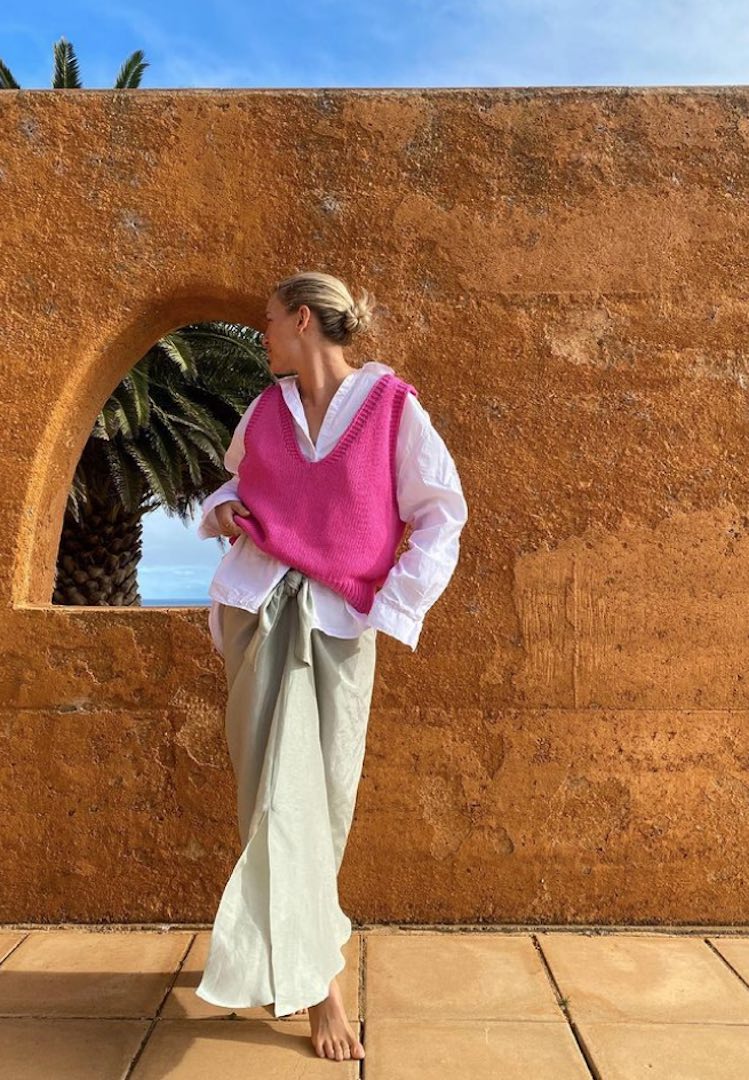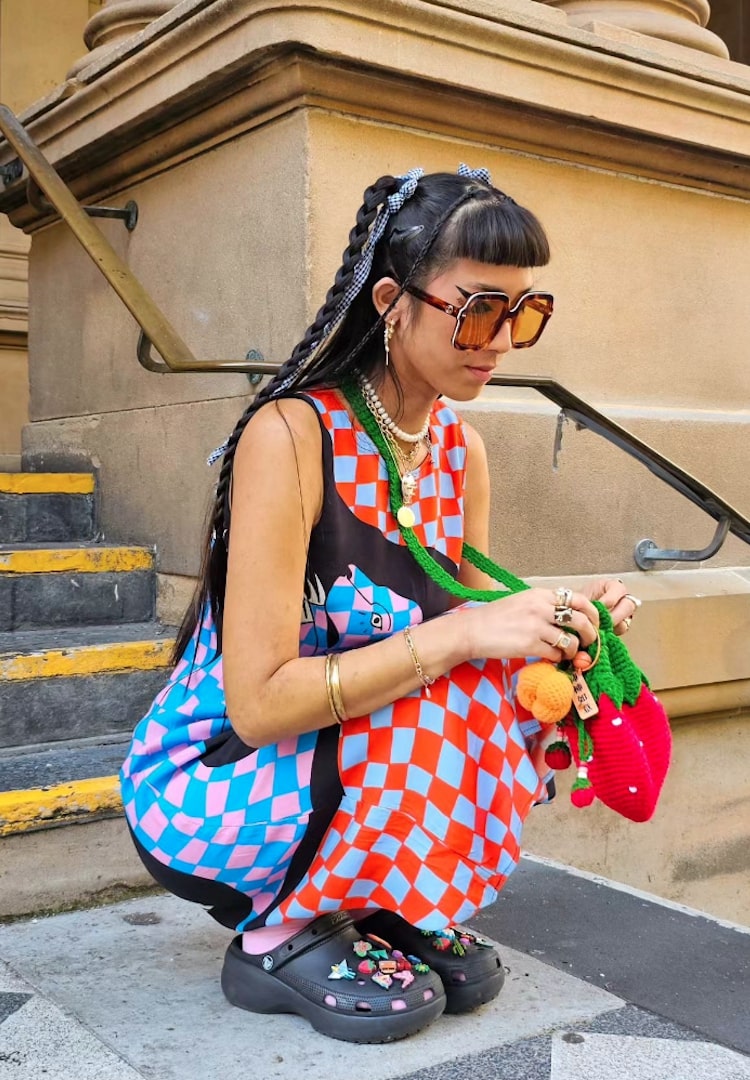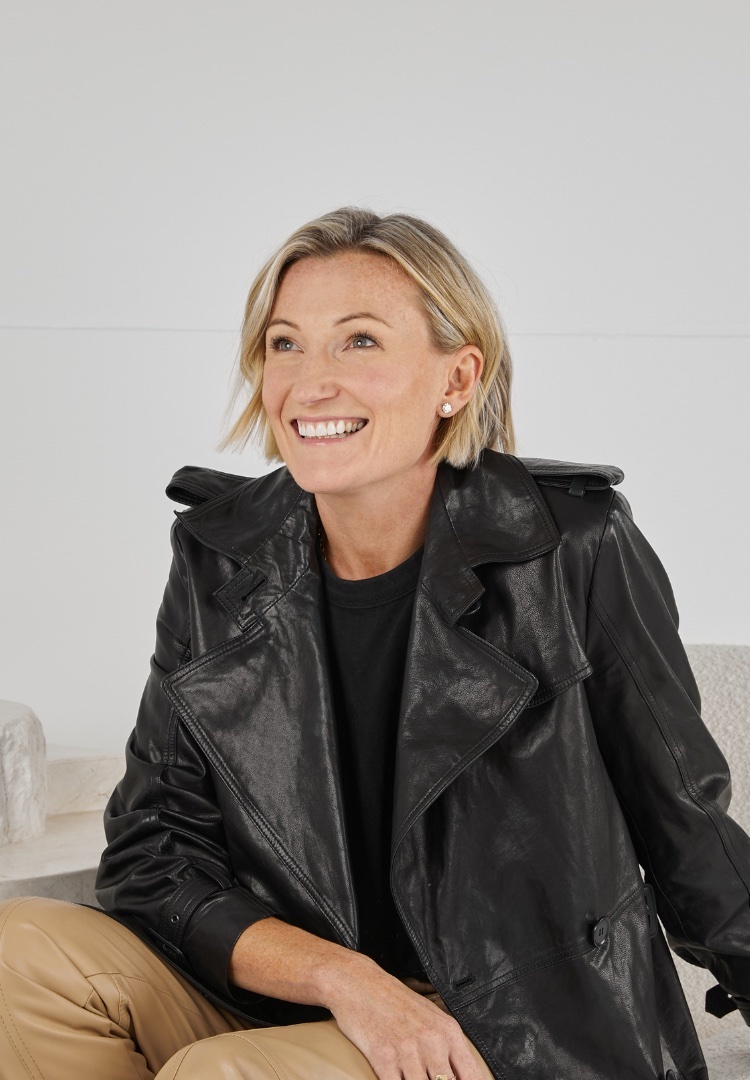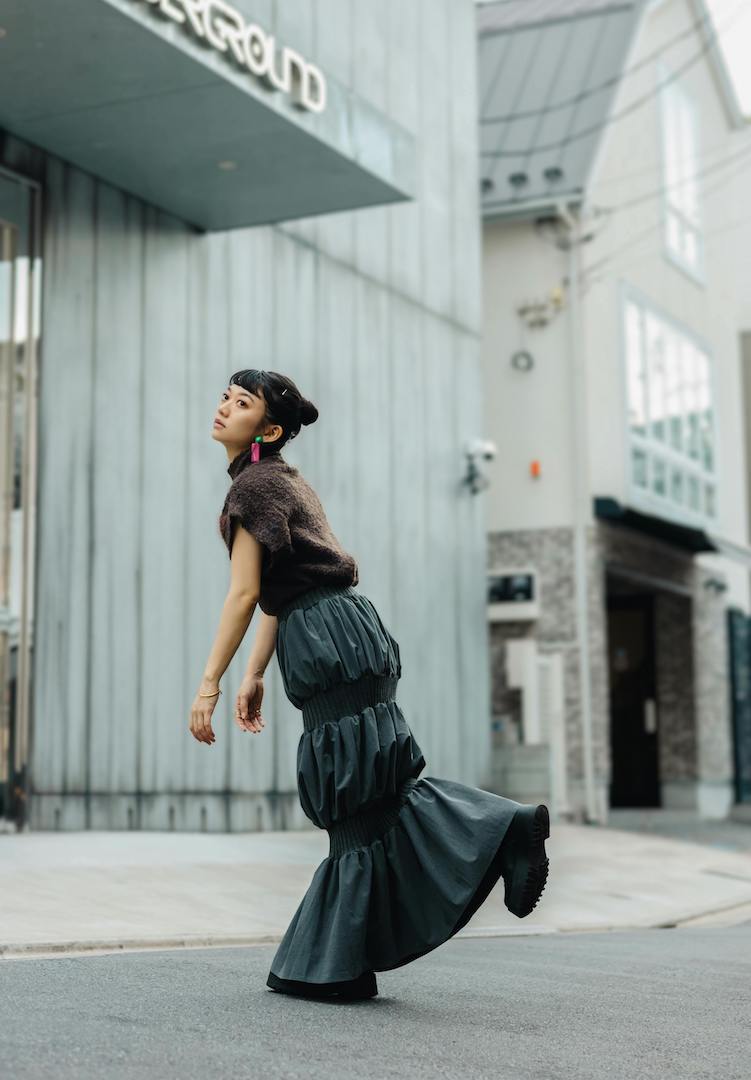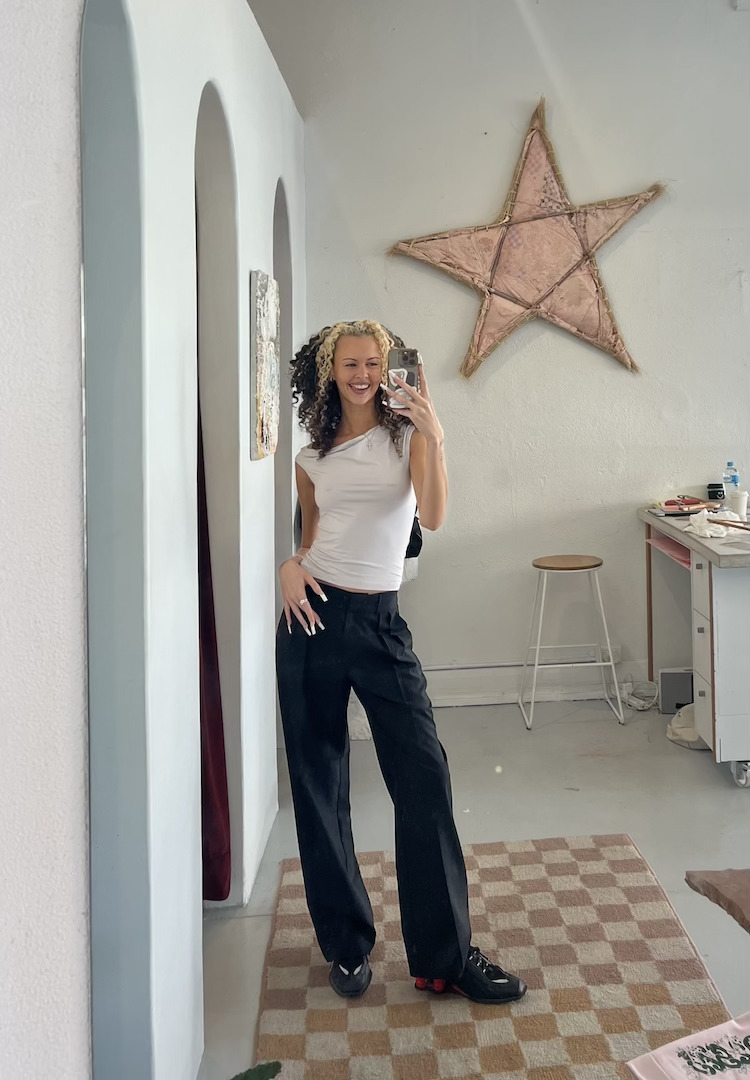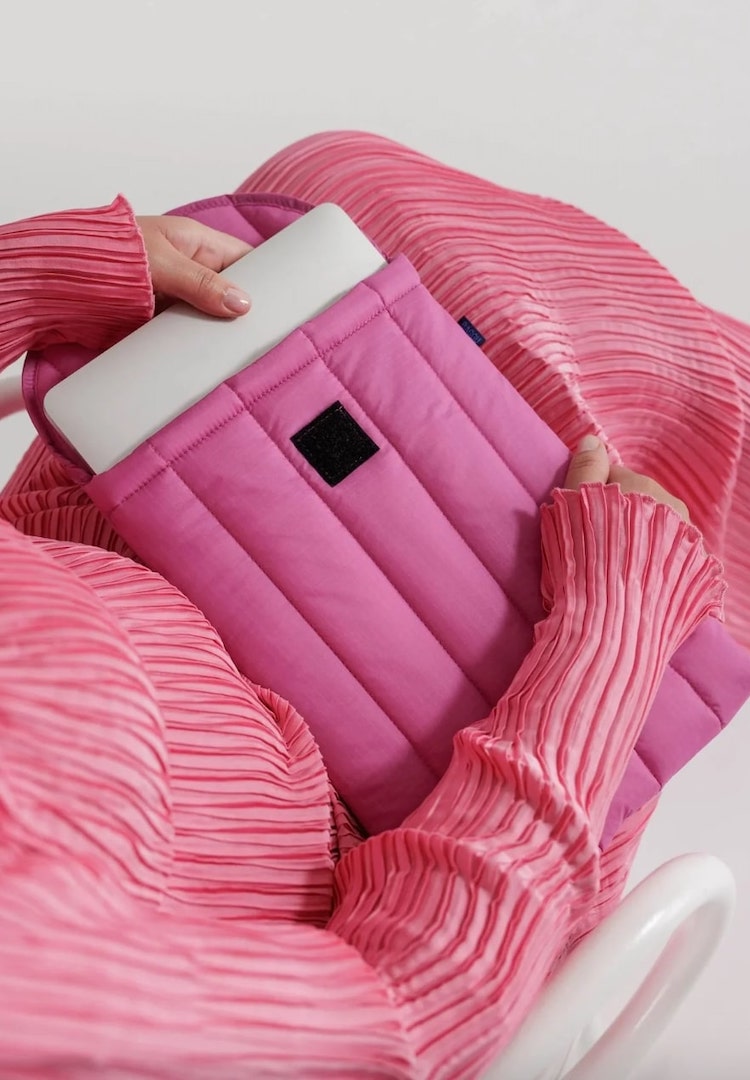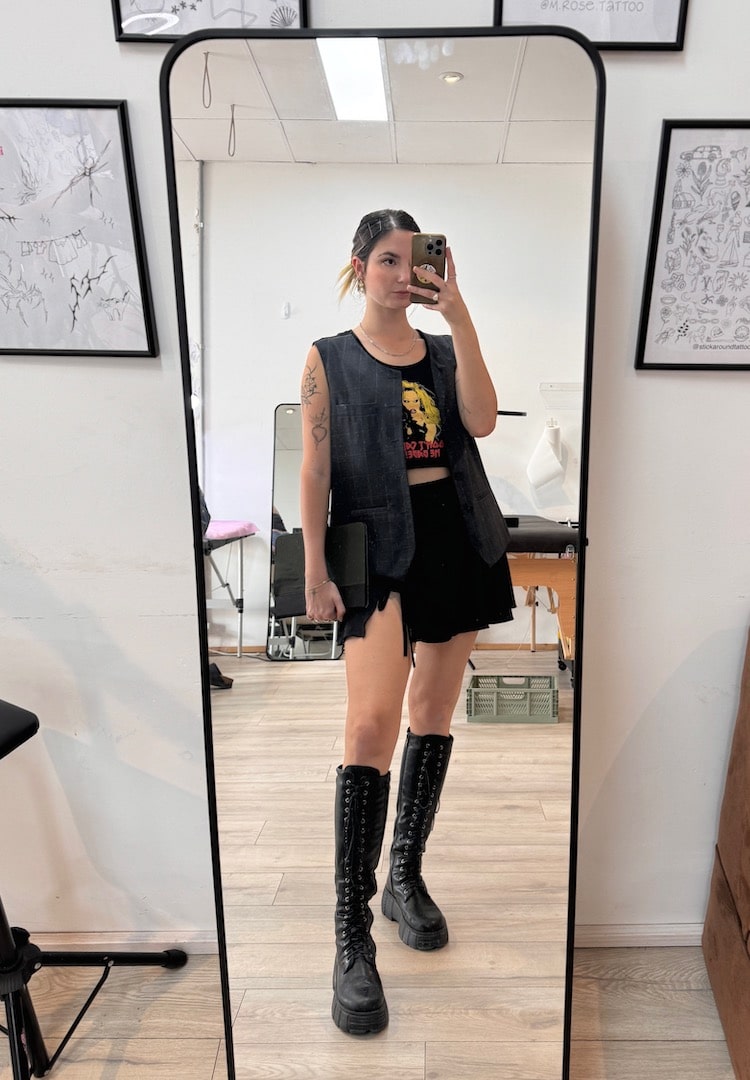Are sarongs about to make a comeback?
IMAGE VIA @OLIVECOOKE/INSTAGRAM
WORDS BY Maeve Galea
2021 has been full of unexpected surprises but this feels sarong, it’s right.
In Australia, we don’t need a crystal ball to see what we’ll be wearing in six months time. With the (sort of) post-pandemic Northern Hemisphere summer in full swing, sarongs have been flooding my Instagram feed, pictured on everyone from Ganni muse Imani Randolph to super-influencer Camille Charriere and industry darling Alexa Chung.
While initially, I thought I might be coming down with a bad case of the Baader-Meinhof phenomenon (a term that describes that disconcerting experience where after noticing something for the first time you start to see it everywhere, leading you to believe it’s more prolific than it actually is) I soon started noticing more and more people with casually knotted coverings hanging off their hips.
For more fashion news, shoots, articles and features, head to our Fashion section.
In fact, it’s happening here too. Australian influencer Olive Cooke has been wrapped up in the trend since February, going from wearing brightly coloured iterations over bikinis in summer to a lustrous silky sage number paired with a chunky knit through the colder months.
View this post on Instagram
Other early adopters include Sydney based Hong Kong-born creative Yan Yan Chan and stylist Monica Morales, who worked with Fella Swim on the campaign for the brand’s Jojo sarong, which features prints by Indigenous Australian artist Betty Carrington. All of this to say, you don’t have to be a genius to realise that this is no illusion. Sarongs are back.
Granted, the sarong has been around since 610 CE and while it’s been a mainstay in the Malay Archipelago since the 1500s, it’s come in and out of mainstream Western fashion since the mid-twentieth century. Starlet Dorothy Lamour is attributed to the style’s rise in popularity in Hollywood (and thus, the Western world) after she burst onto the scene clad in a sarong and not much else in Paramount’s 1940 film The Jungle Princess.
View this post on Instagram
Lamour would go on to play the sarong wrapped island girl so many times that her career was inextricably linked to the garment and she became known as the style’s unofficial ambassador and ‘sarong queen’. But despite Lamour’s advocacy, it wasn’t until the ’90s that other style-savvy celebrities adopted the sarong en-masse and turned it into a fully-fledged phenomenon.
Looking back, it’s safe to say the ’90s was the sarong’s heyday, allowing it to be embraced in its many iterations. Gwen Stefani rocked them on the red carpet while David Bowie was known for lounging around his Balinese inspired home in a traditional batik sarong after he invited Architectural Digest for a tour in 1992.
View this post on Instagram
In 1995 TLC made history clad in gauzy sarongs tied over their trademark ultra-baggy track pants when their video for Waterfalls made them the first Black act to win video of the year at the MTV Music Video Awards.
Three years later women everywhere watched on in indignation as Carrie Bradshaw encountered Mr Big and his 20-something girlfriend Natasha at a beach party in the Hamptons while dressed in a python-print boob tube, a cowboy hat and – of course – a low rise striped sarong.
View this post on Instagram
That same year David Beckham stepped out during the 1998 World Cup in France in a patterned sarong worn over a pair of black pants, hand in hand with his then-fiancée Victoria Beckham. At the time, the look – which I think we can all agree now was a masterstroke – caused major controversy, mostly because many people could not deal with the idea of a man, let alone one of the world’s most famous sports stars, wearing something that resembled a skirt.
Beckham was ridiculed by the press and it’s almost as if, unable to handle the embarrassment, the sarong slinked off into the distance, only to be replaced in the 2000s and 2010s by what became for many years the bottom-half-beach-cover-up de jour: the denim cut off. In the words of Katy Perry, “Daisy dukes bikinis on top” (a look forever memorialised in her 2010 hit ‘California Girls’) ruled après-sea fashion of the era. That was until 2021.
View this post on Instagram
After 18 months of lockdowns, the last thing anyone feels like doing is wrestling with a pair of constricting denim shorts. We want comfort, versatility and to continue to relive the pre-internet, pre-pandemic age through nostalgia dressing. If we can’t actually go on holidays, we at least want to dress like we can.
We want stretch and size flexibility that can only be afforded when you get to decide where and how you tie yourself up. We want genderless fashion that can be worn by all. That’s right – we want the sarong!
View this post on Instagram
Thankfully, designers are hearing our pleas. In July Wardrobe.NYC, the brainchild of Vogue Australia’s fashion director Christine Centenera and Australian designer Josh Goot, released a black semi-sheer sarong cut from a fine blend of cashmere and silk as part of its eight-piece 06 Beach collection.
At home, local Sierra Leonean-Australian swimwear brand Sevalie Swim has launched ruched side micro sarongs in bright hues using repreve, a new type of recycled polyester made out of plastic bottles and other post-industrial waste. Across the pond, Kiwi knitwear brand Frisson is posting teasers of mini knit sarongs in emerald green, a spin on the old favourite that’s sure to make waves this summer.
View this post on Instagram
As the convergence of some of the new decade’s biggest fashion movements – nostalgia dressing, the genderless fashion movement, lockdown comfort dressing and the fashion versatility movement – the sarong is not only back, but back with a vengeance. And what’s sarong with that?
For more on nostalgia and fashion, try this.

